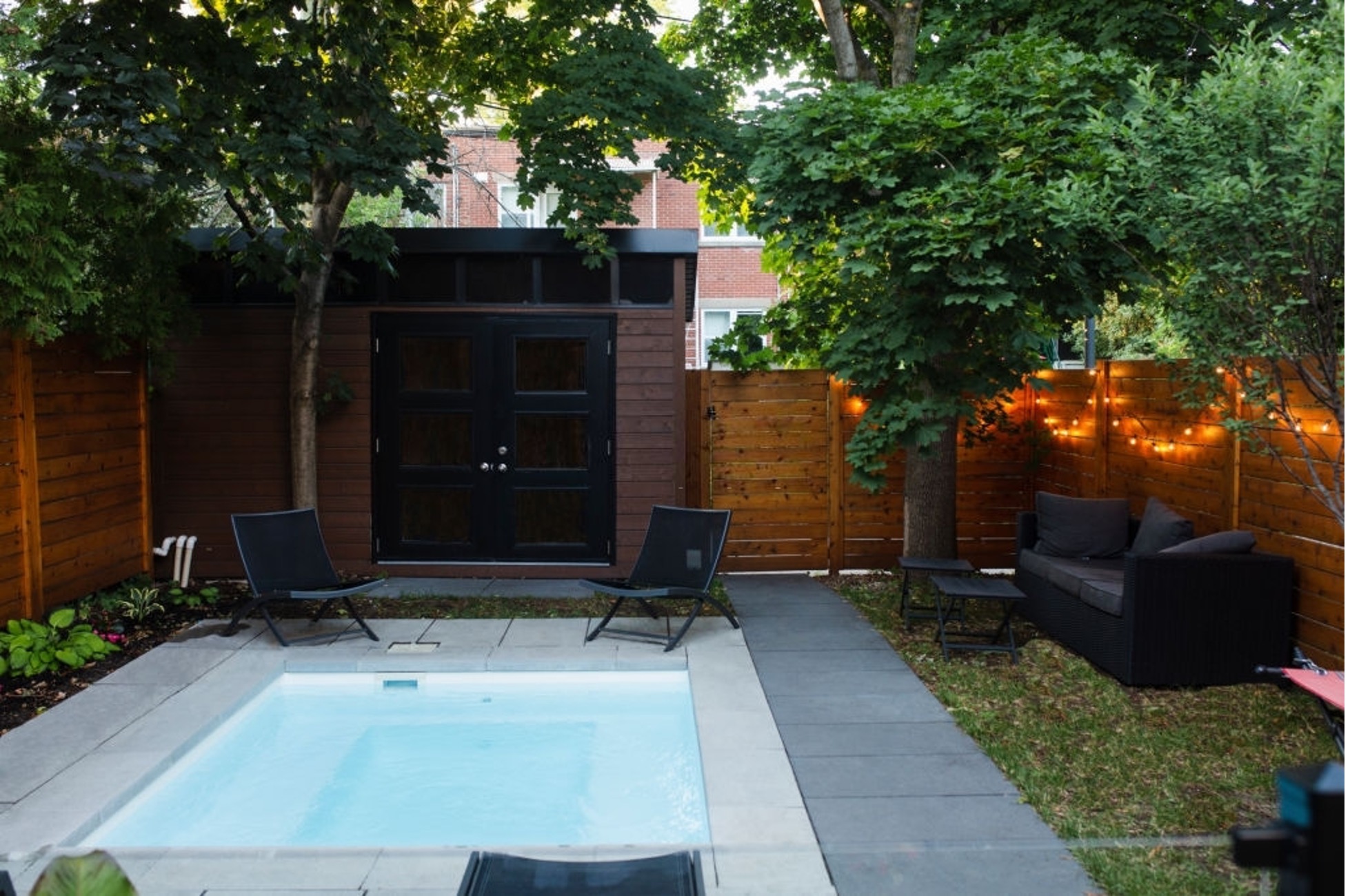
It is time for you and your friends to make a splash in your home swimming pool. Before taking a plunge, it is important to ensure your swimming pool is safe and ready for use. One way to keep clean and safe for swimming is to maintain its chemistry.
Maintaining the chemical balance of your swimming pool is important to keep bacteria and harmful microorganisms from growing. Hiring a professional to prevent the swimming pool from serving as a breeding ground for harmful microorganisms will save you money.
Here are some tips to help you keep it clean and safe.
1. pH Balance
pH is a measure of hydrogen levels in a substance. pH is measured on a scale of 0 to 14, with 7 being neutral, above 7 being basic, and below 7 being acidic.
Ensure that your pool water’s pH is between 7.2 and 7.6 to allow the chlorine to treat the water effectively. A pH value below 7 makes the water acidic, which can damage pool equipment and give swimmers a burning sensation in their eyes.
Try using a pH increaser to protect against corrosion. Alternatively, if your pool pH is too alkaline, you can try a good pH decreaser to make the water more balanced.
2. Calcium Hardness
Calcium build-up inside your swimming pool should be avoided because it can cause harm to the pool. The build-up can make the water look dirty and damage some pool equipment. More so, it increases the hardness of the water.
You can decrease calcium hardness with the assistance of a professional for effective results. To do it yourself, drain your pool and refill it with fresh water. Using flocculants can also help collect excess calcium and get rid of it.
3. Alkalinity
Alkalinity refers to the total concentration of alkaline substances in the water. It is one of the things you have to test for and balance before making a splash. The alkaline solution is a pH buffer preventing an increase of acidity or decrease of basicity.
The amount present in the swimming pool will determine the pH balance. Always ensure that the alkalinity is kept between 80 and 120 ppm optimal condition. To increase the alkalinity, you can add sodium bicarbonate to the pool water.
4. Chlorine Levels
Chlorine is a popular pool water sanitiser. It is the most widely used apart from bromine. Keeping the chlorine level 1 ppm and 3 ppm is vital to get rid of harmful bacteria. If the level is lower than 1 ppm, harmful bacteria can grow in the water.
If the chlorine level is higher than 3 ppm, it can irritate swimmers’ skin. Huge efforts should be made to keep the chlorine level between 1 ppm and 3 ppm for swimmers’ safety.
5. Pool Testing Kits
Investing in a pool test kit will be of huge benefit to you and your swimming pool in the long run. These test kits enable you to test the chemical balance of your pool water, including chlorine level, alkalinity, pH, and calcium hardness.
You must buy a pool testing kit to ensure that your swimming pool is safe for swimming at all times. Most test kits are easy to use. Acquire a test kit that comes with a manual for proper guidance.
Takeaways
Balanced pool water is clean, safe, and ideal to swim in. It hinders damage to pool equipment and reduces the risk of skin and eye irritation. To keep your pool water chemicals balanced so you can swim with a peace of mind, you need to apply the tips above at all times.
If you require the advice of the professionals to maintain your swimming pool’s chemical balance, or if you are looking for high quality swimming pool equipment, feel free to get in touch with Waterco, your professional and reliable swimming pool accessories supplier.